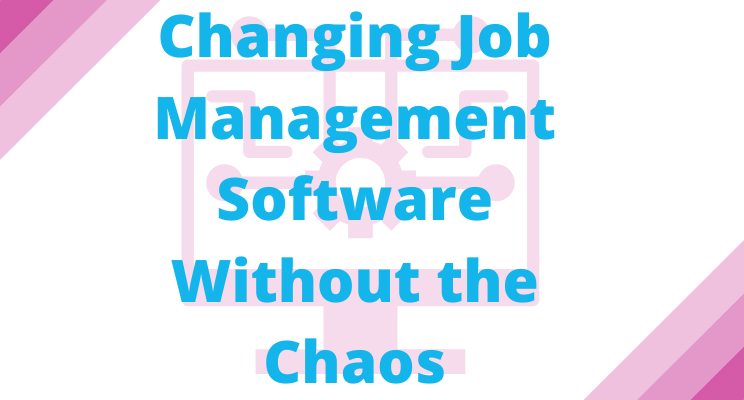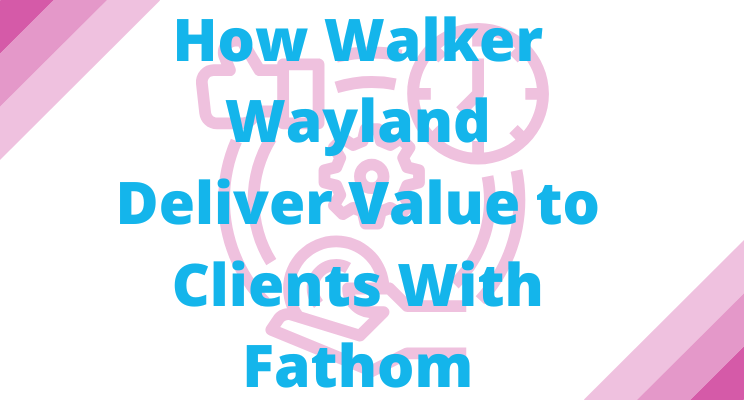
🔂 Once again, here we go with the most-clicked articles from the Accounting Apps newsletter📧 during w/c 27.11.22:
How Much Cash Should a Business Have on Hand? | (Helm)
Reserve cash can be thought of as a rainy-day fund for your business. It’s separate cash set aside deliberately for unexpected scenarios, whether they be positive or negative. Cash on hand isn’t just limited to cash in your bank account it can also include assets you can quickly liquidate if needed. While no one can give a definitive catch-all answer for how much cash to keep on hand, there are guidelines that vary with industry, the stage a business is in, financial resources, past expenditures and business goals. Read more here.
Responding to a Data Breach: What the ACSC Recommends | (Practice Protect)
Recent cyber breaches have shone a spotlight on the importance of data security. From the Optus breach to the MyDeal one, and to the most recent Medibank hack, it’s emphasised now more than ever that any firm privy to client data should take their data custodian duty seriously. In light of these cyber events, the ACSC is reminding businesses to ensure their data is secure and to be aware of the Notifiable Data Breach Scheme. A data breach happens when personal information is accessed or disclosed without authorisation or is lost. If you’re a business that has access to clients’ personally identifying information, you’re required to report a breach if it happens.
Analysing Working Capital Requirement | (AGICAP)
Working capital requirement is a concept that anyone starting a company has to know and understand. To ensure the success of their company, it is vital for leaders and financial executives to have a handle on any discrepancies between incomings and outgoings. This article will help you learn about working capital requirements (frequently known as WCR), a term that is unique to the world of finance. What exactly is it? How do you calculate it? How do you interpret it and what actions do you take?
Easily Manage Workflow Remotely With XBert CONNECT | (XBert)
It’s important to standardise your internal business workflows in terms of organisation, terminology and process. This standardised workflow, or relevant steps, can then be implemented across your clients to ensure a consistency of service. There are many advantages to adopting a standardised approach. You have a clear and defined service offering, reduce complexity for your team and clients, utilise automated checks and audits to reduce errors and wasteful jobs, have better workflow management and visibility, and have a solid foundation on which to deal with changes and disruption. XBert’s Template Tasks standardise your workflows and ensure consistency of your service offerings across your clients.
6 Organisation Tips for New Buildertrend Users | (Buildertrend)
Once you’ve become a Buildertrend user, you can say goodbye to overwhelming papers, double-booked schedules and the stress of figuring out the next to-do. With our full collection of features, all you have to do is type in your Buildertrend login, and you’ll have access to the industry’s best construction management software. Additionally, this blog post will serve as a cheat sheet to help you get organized – and stay organized – in Buildertrend. Let’s do this.
Which one of these highlights have you enjoyed the most during this week? 📋
Join the smartest who get the bi-weekly Accounting Apps updates
"*" indicates required fields






